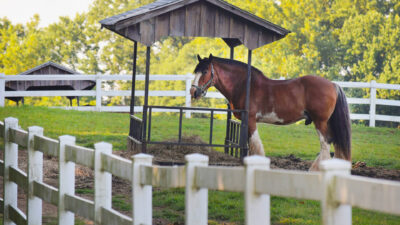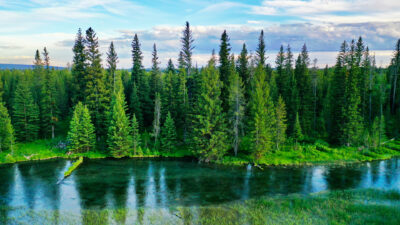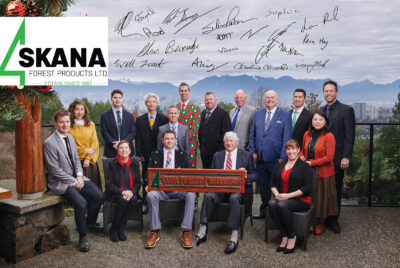The ultimate goal for most Softwood retailers is, of course, to sell their product. But that doesn’t necessarily mean it’s their main mission. The Western Red Cedar Lumber Association (WRCLA) has long supported their member retailers in what’s commonly known as value-based selling (also referred to as value-added selling) — the process of taking a consultative approach to sales and conveying the value of a product or service along the way.
The goal with a value-based selling approach is to put the needs of the customer first: they are guided through the sales process to make an informed decision to best suit their needs; with the ideal outcome of having your product be the solution that best meets those needs. With the WRCLA, their sales process begins with an advertising and communications program that informs consumers, distributors and retailers not only about the benefits of Western Red Cedar, but about the value the products have as an appearance product.
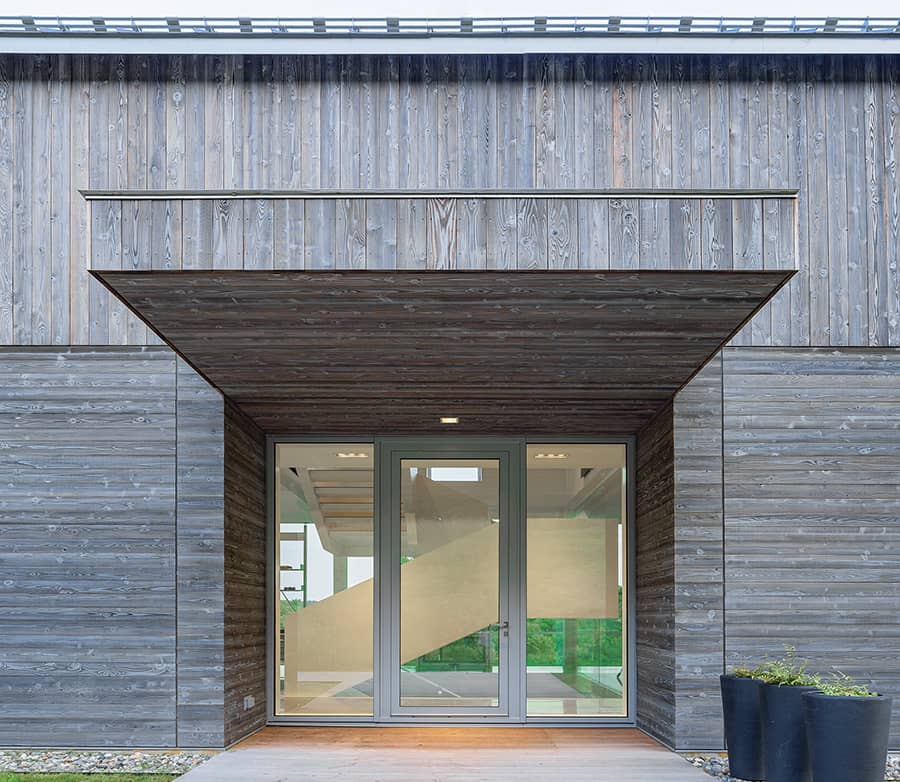
“The look of Western Red Cedar is a major reason for choosing it,” noted Brad Kirkbride, Managing Director of the WRCLA. “But when you start to add in the value the products offer in terms of what they do for the environment, or the incredible versatility and range of finishing options you have, then you start to build a competitive but highly positive narrative around your product in the mind of the consumer.”
Consistency of messaging has been an important part of the communications program, and the WRCLA works to maintain this the entire way through the sales funnel, beginning with the advertising through to the retail level. “Highlighting Real Cedar’s role in carbon capture and as an environmentally friendly building product is important,” continued Kirkbride, “but we’ve also found that consumers are very responsive to the sheer range of options they have to enhance the beauty of the wood and design the exact finished look they want. These are two major benefits that composite substitute products really can’t match, and add tremendous value to the product.”
Western Red Cedar’s versatility in finishing options has shown to be such an impactful topic that the WRCLA has also made it the subject of a recently launched continuing education unit course (CEU) with the American Institute of Architects. “Architects are a very influential group,” noted Kirkbride, “and educating them on the benefits and value of the species is particularly important in getting that message seeded.” The course focuses mainly on WRC siding, including soffits and trim, as it plays such a major role in the design and style of a home or building as well as protecting it from the elements. The course also points out that although the siding category has had a myriad of competitive man-made substitute products that have appeared and disappeared over the decades, WRC siding has been a popular constant for hundreds of years.
“We know that professionals and homeowners alike are genuinely surprised when they learn that they literally have hundreds of options when it comes to specifying finishes for siding and trim,” said Kirkbride. “Add in the different textures, profiles and grades and you can create whatever design you want.” The CEU covers the first and most simple non-maintenance option of leaving WRC siding unfinished so it naturally turns gray over time. This option also has the advantage of having the most benign environmental impact of all alternative product choices for similar building applications, according to a recent third-party Life Cycle Assessment of natural Western Red Cedar siding and decking.
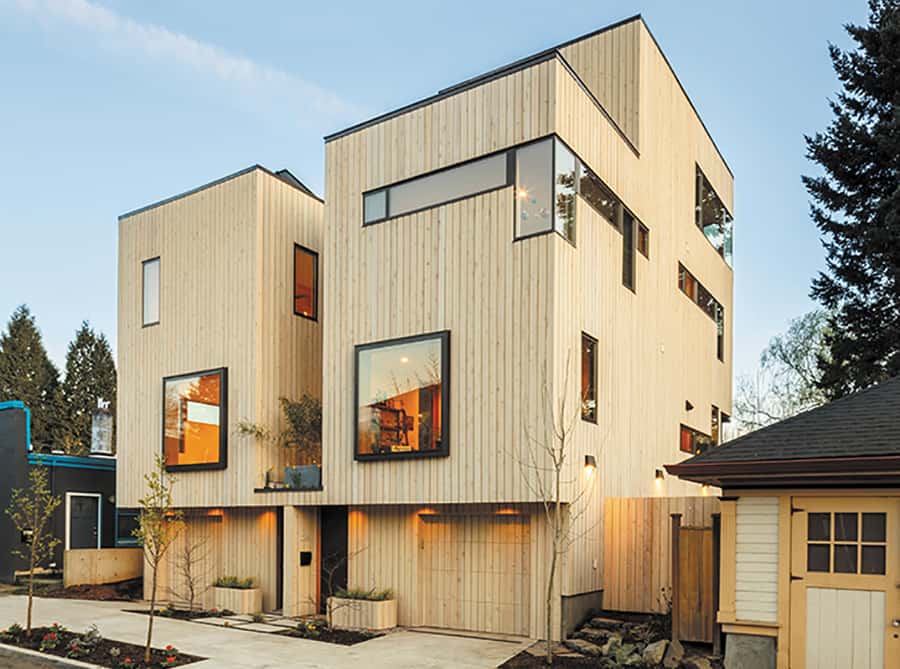
As the majority of Western Red Cedar users will prefer a finish that preserves the wood’s natural color and appearance, the range of natural finishes such as transparent and semi-transparent stains is also explained. One technique that is gaining in popularity is the use of bleaching and weathering products. These are essentially water-repellent finishes containing pigments and other additives. Bleaching stains accelerate the weathered, gray look faster and more evenly than if the wood was left to naturally weather. After bleaching, the Western Red Cedar can be left in its natural state or given a coat of clear sealer.
Included in the variety of finishing options available are opaque finishes; used with finger-joint products or in cases where the color and natural grain of the wood are not required, and the waxes and coatings used in interior applications.
The importance of using WRC products to mitigate climate change and the versatility they offer are but two of the benefits that contribute to upselling Western Red Cedar’s true value to the customer. The emerging area of biophilic design, in which studies are showing that incorporating natural products like wood in interior and exterior design have positive health benefits and help reduce stress-related illnesses, also resonates strongly with consumers and further differentiates WRC from composite competitors.
By adhering to a consistent message and focusing on the value of their products, the WRCLA is avoiding bombarding potential customers with meaningless messages and instead are working to stand out from their competitors and create long-term, happy customers by providing more value than anyone else.



